UW Emergency Radiology Review 2017
ake Fast, Accurate Imaging Decisions in Emergency Situations
UW Emergency Radiology Review is designed to help radiologists make the best imaging decisions in emergency situations. Taught by experts from the University of Washington School of Medicine, its goal is to prepare the practicing radiologist to be of maximum assistance to the emergency physician. Topics cover the most common traumas by body part with emphasis on rapid decision-making in the selection of imaging studies, pitfalls to watch out for, and implementation of protocols that maximize diagnostic accuracy. Lectures will help develop an integrated imaging approach to injuries of the head, neck, spine, torso, pelvis and appendicular skeleton. It will help you to better:
- Rapidly determine the appropriate imaging studies to perform
- Become familiar with some less common clinical conditions that present in an emergency setting
- Update imaging protocols to optimize diagnostic accuracy while minimizing radiation
- Accurately interpret emergency imaging studies, and recognize when additional imaging is indicated
Discover New Guidelines
A clinically based update, this learn-at-your-own-pace course in emergency radiology provides a maximum of 17 AMA PRA Category 1 Credits ™. Available online, UW Emergency Radiology Review provides access to unbiased, evidence-based content and case-based reviews so you can expand your knowledge and incorporate the latest guidelines into your daily practice.
- Penetrating Chest Trauma – Jeffrey Robinson, MD, MBA
- Blunt Chest Trauma – Rachael Edwards, MD
- Updated Guidance on Incidental Pulmonary Nodules – Christopher Walker, MD
- Acute Aortic Syndrome with Focus on Intramural Hematoma – Christopher Walker, MD
- Imaging of Liver Injuries – Scott Steenburg, MD
- Imaging of Splenic Injuries – Scott Steenburg, MD
- Bariatric and Other Post-Operative Bowel Emergencies – David Coy, MD, PhD
- Blunt Cerebrovascular Injury – Aaron Rutman, MD
- Neck Infections – Kathleen Fink, MD
- Acute Traumatic Brain Injury: What Clinicians Need to Know – James Fink, MD
- Hip and Femur Trauma – Claire Sandstrom, MD
- Knee Trauma – Jonathan Medverd, MD
- Multiligamentous Injuries of the Knee – Jack Porrino, MD
- Foot and Ankle Trauma – Felix Chew, MD
- Cardiac CT with Focus on CCTA – Faisal Khosa, MD
- Practical Approach to Chronic Lung Disease – Jonathan Chung MD
- Uniquely Pediatric Knee Injuries – Mahesh Thapa , MD
- Traumatic Aortic Injury with Focus on MAI – Scott Steenburg, MD
- CTA of Peripheral Vascular Injuries – Scott Steenburg, MD
- Imaging of Gunshot Wounds – Noah Ditkofsky, MD
- Rational Headache Work up in the ED – Christopher Potter, MD
- Rational Stroke Work up in the ED – Douglas Seiler, MD
- Maxillofacial Trauma – Jayson Benjert, DO
- Spine Trauma – Nathan Cross, MD
- Pediatric Abusive Head and Spine Trauma – Jason Wright, MD
- Orbital Imaging in the ED – Francisco Perez, MD, PhD
- Pediatric GI Emergencies – Elizabeth Tang, MD
- Mass Casualty Imaging – Eric Roberge, MD
- Essentials of Abdominal and Pelvic Trauma – Joel Gross, MD, MS
- Upper Extremity Trauma – Claire Sandstrom, MD
- Pelvic Ring Trauma – Ken Linnau, MD, MS
- Biomechanics of Trauma – Gregor Dunham, MD
- Pattern Recognition: Mechanism-Based Injury Combinations – Shaimaa Fadl, MD
- Pediatric Upper Extremity Emergencies – Ramesh Iyer, MD
- Pediatric Lower Extremity Emergencies – Anh-Vu Ngo, MD
- Pediatric Chest Emergencies – Jeffrey Otjen, MD
- Dental Emergencies – Johan Aps, MD
- Interesting Cases from the Trauma Center – Scott Steenburg, MD
- Radiation Exposure: What Do Clinicians Want to Know? – Jeffrey Robinson, MD, MBA
Only logged in customers who have purchased this product may leave a review.
Related Products
Internal Medicine Videos
VIDEO MEDICAL
VIDEO MEDICAL
VIDEO MEDICAL
VIDEO MEDICAL
VIDEO MEDICAL
VIDEO MEDICAL
VIDEO MEDICAL
VIDEO MEDICAL
VIDEO MEDICAL
VIDEO MEDICAL
VIDEO MEDICAL
VIDEO MEDICAL
VIDEO MEDICAL
VIDEO MEDICAL
VIDEO MEDICAL
VIDEO MEDICAL
VIDEO MEDICAL
VIDEO MEDICAL
VIDEO MEDICAL
VIDEO MEDICAL
VIDEO MEDICAL
VIDEO MEDICAL
VIDEO MEDICAL
VIDEO MEDICAL
VIDEO MEDICAL
VIDEO MEDICAL
VIDEO MEDICAL
Classic Lectures in Pathology: What You Need to Know: Neuropathology – A Video CME Teaching Activity
VIDEO MEDICAL
VIDEO MEDICAL
VIDEO MEDICAL
VIDEO MEDICAL
VIDEO MEDICAL
VIDEO MEDICAL
VIDEO MEDICAL
VIDEO MEDICAL
VIDEO MEDICAL
VIDEO MEDICAL
VIDEO MEDICAL
VIDEO MEDICAL
VIDEO MEDICAL
VIDEO MEDICAL
VIDEO MEDICAL
VIDEO MEDICAL
VIDEO MEDICAL
VIDEO MEDICAL
VIDEO MEDICAL
VIDEO MEDICAL
VIDEO MEDICAL

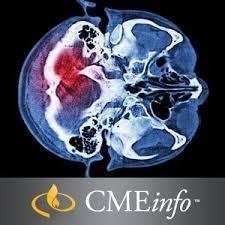



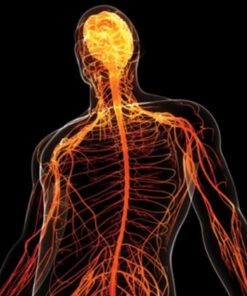





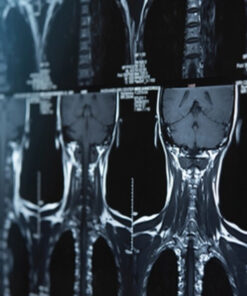

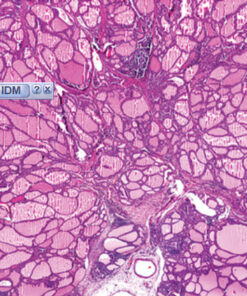


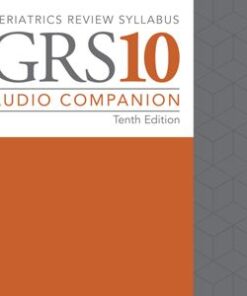
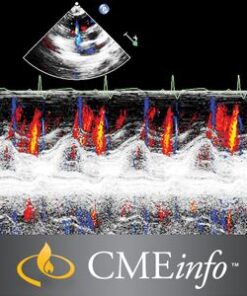
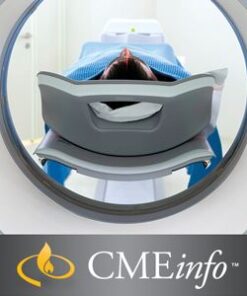

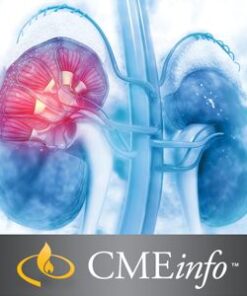
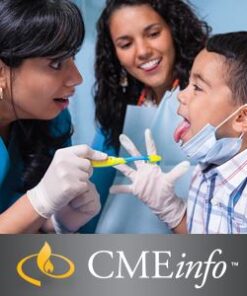

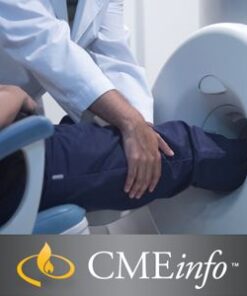




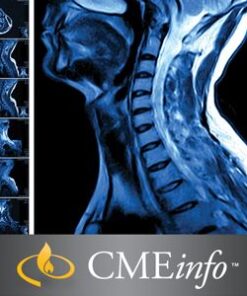

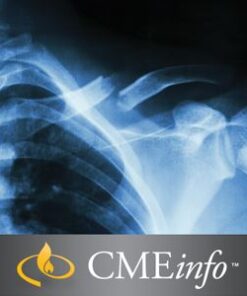






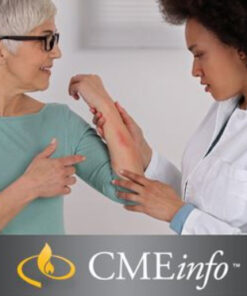


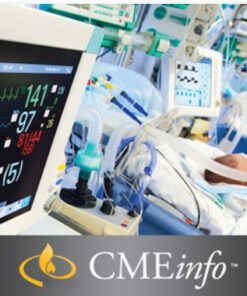
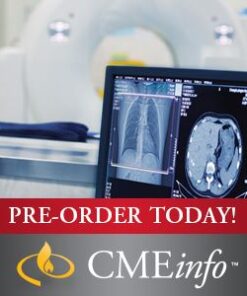

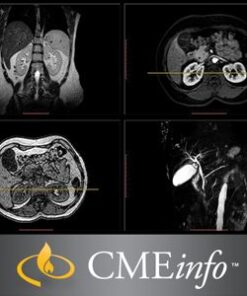
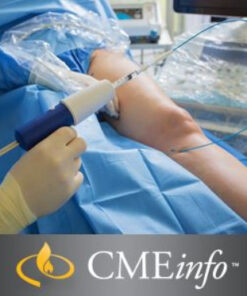
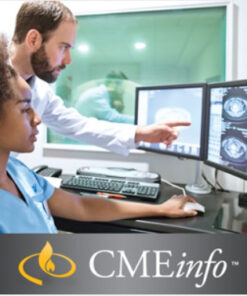
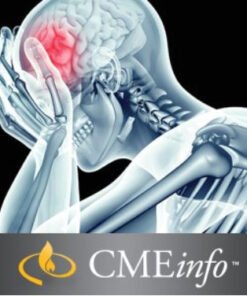
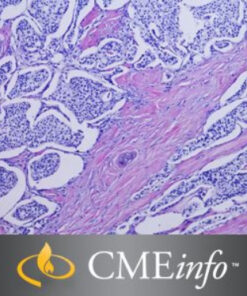








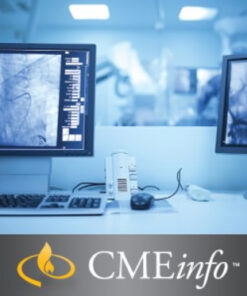
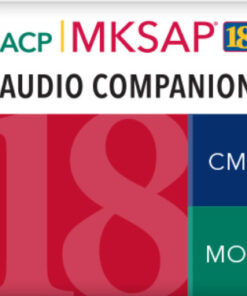
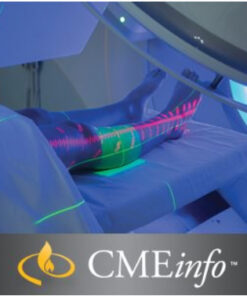
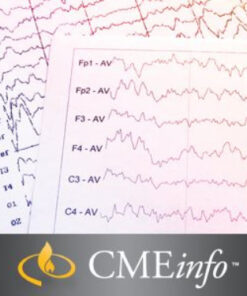












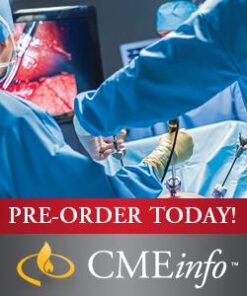



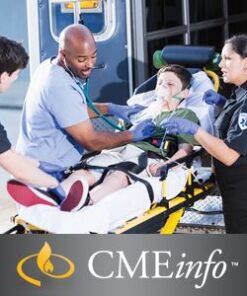

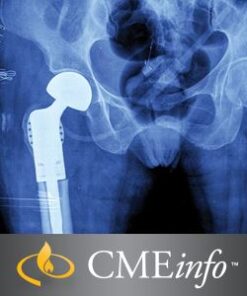


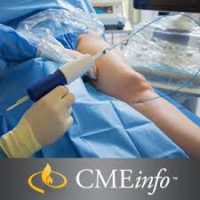

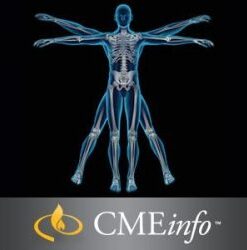





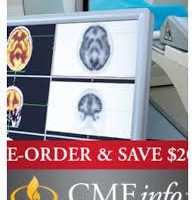
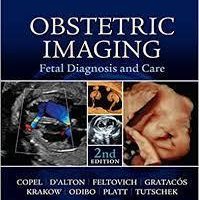





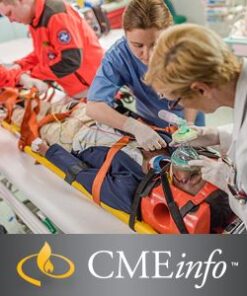


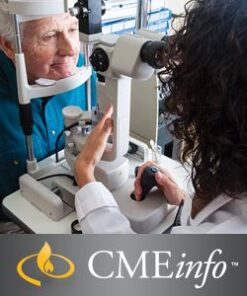


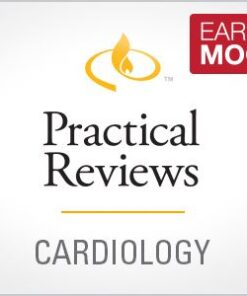
Reviews
There are no reviews yet.